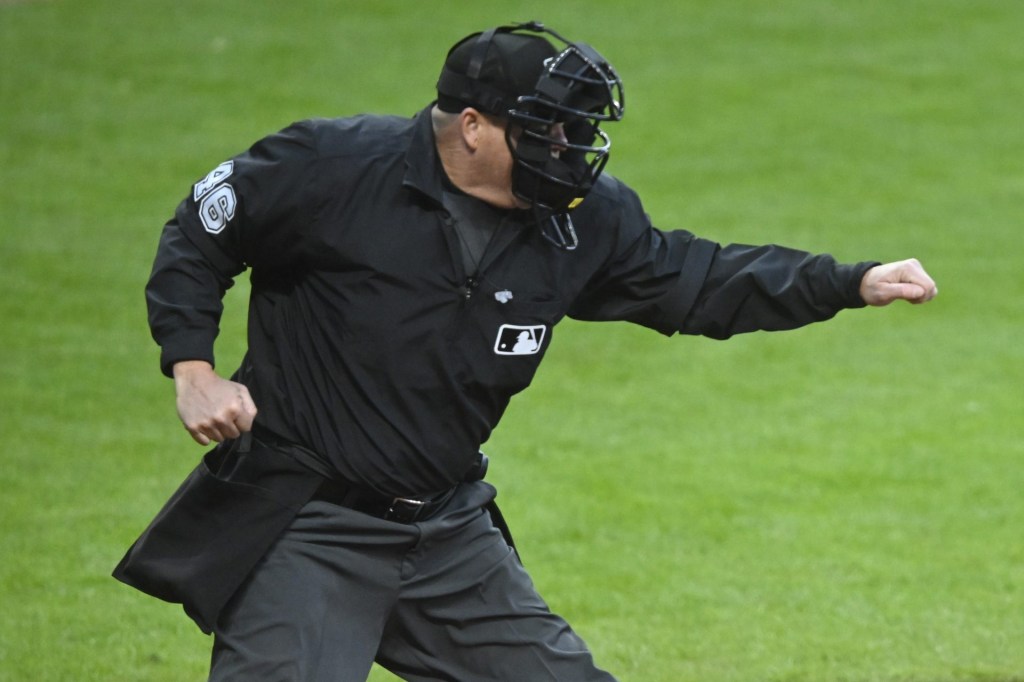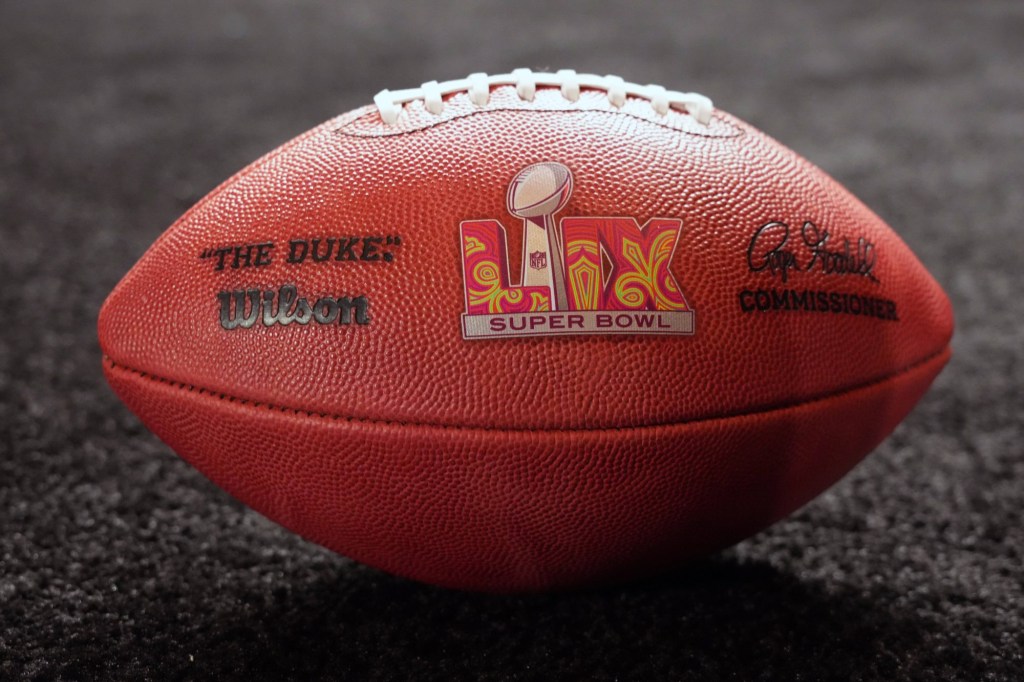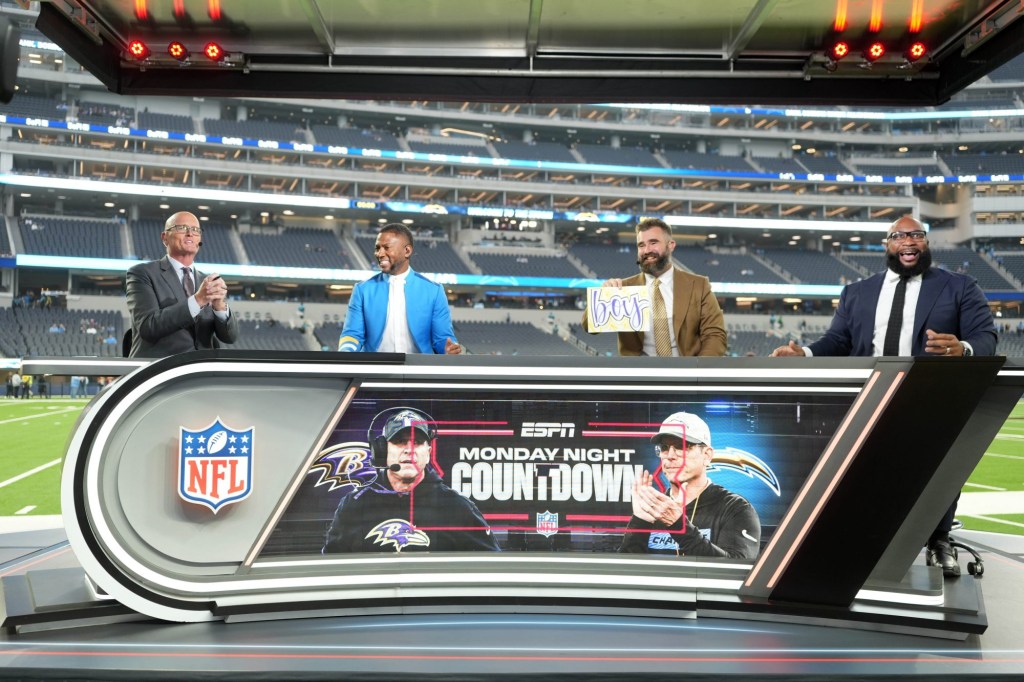This interview is presented to you by the University of Nebraska — Lincoln Master of Arts in Business with a Specialization in Intercollegiate Athletics Administration.
By: Derrick Sanchez, @derricksanchez

“I didn’t really get the whole Facebook thing. She (My wife) was ahead of that, but I was on Dogster before her,” said Vice President of Brand Development and Digital Media for the San Francisco Giants, Bryan Srabian.
That isn’t the first social media account many would think of using, even during the infancy of social networking websites, but Srabian is much more savvy and well-rounded in social than you might think.
“I like E-40 on Snapchat. He makes me laugh. He’s got a great lifestyle. It’s nice entertainment for me.”
He gets some credibility back for at least following the Bay Area rap legend. But let’s rewind a bit and figure out how he got his start with the Giants’ social media.
“I started to get into social media. It was an evolution for me and that’s when the Giants said they could use a consultant to help them learn what this is. I essentially started running the Giants’ Twitter account and creating different strategies, helping with Facebook and it just kept growing from there. The team was winning. We were growing. We added Instagram. It all worked out well for me and it was the right place and right time.”
Timing is everything, but immediacy is just as crucial for Srabian, who has been with the Giants for more 15 years, including two stints with the organization. Right around the time he returned to the Giants, social media was passed its stage of infancy and had taken off. But he soon found himself on the front lines of the emerging social media movement by tweeting, posting Instagram pictures and interacting with fans.
With years of spearheading social media and brand development for the orange and black under his belt, his role is a bit different than it once was.
“My role has changed now. I’m more of the strategy guy. I’m more of the coach. Trying to give my staff the resources they need in trying to make sure they’re on point. We do a lot of promotions, player activations before the game, so I make sure that it’s in line with our overall objectives.”
A big part of social media happens on the fly, but in order to stay ahead, Srabian and his team look at their home stands one to two weeks ahead. In fact, his team has already discussed marketing campaigns for the postseason and activations that will go on all of their media channels.
However, something he cannot completely prepare for is the grueling 162-game schedule, so it’s all-hands on deck.
“It’s working with a lot of people and departments to pull off things that happen game by game, but it’s also looking at the bigger picture and making sure the Giants’ brand is still effective, relevant to today’s market in San Francisco. We’re still young, we’re still utilizing all of our social media opportunities. We’re growing and innovating, so it’s a bigger picture than it used to be, but at same time, I’m still very involved in the day-to-day.”
As exhausting as it can be, he understands social media never sleeps, so there really isn’t an offseason.
“My office is in AT&T Park and I work in a game that I love. It’s not life or death, but it impacts a lot of people and has a positive experience on the community. It’s definitely something I grew up being a big fan of. It’s just a really fun and unique opportunity — it is a job and I take it really seriously, but I try not to take myself too seriously.”
Aside from his day-to-day with the Giants, he is also an adjunct professor for the University of San Francisco Sport Management Master’s program and he understands there’s a ton of students aspiring to be in his shoes one day.
But what does it take?
“Writing is number one — whether that is copy in 140 characters, understanding the trends of social media, emoji’s, gifs, the way you communicate is paramount.”
According to Srabian, just saying you’re active in social media isn’t going to cut it anymore. Students need to be really good with Photoshop — knowing how to edit, as well as being witty.
“You need to have something where you stand out. The key is to stay young and be connected with a younger audience — learn and adjust with trends.”
There isn’t a singular piece of advice for every student, but he believes everyone has their own way of getting in. Whether it’s an internship, part-time job or volunteer position, according to Srabian, you can’t stop and think you have made it. It’s so competitive, he believes that it really comes down to attitude.
“You could be the smartest person or the hardest working person, but it’s really how much you want it. Are you a team player? Will you gel with other people that you interview and work with to create a positive environment?”
Although he is currently on a break from teaching due to his grueling schedule, Srabian has seen some of his pupils succeed in this industry.
“The biggest takeaway for me is when you connect with someone and there has been a few people that want to work in social media who actually get jobs and you hear from them and they’re doing something. It’s kind of neat to say, ‘Hey, they were in my class and I was their professor and I have a little bit to do with them learning.’ It’s our human instinct. We love to teach and want those people to succeed and do great things. It’s fun to stay in touch with your students.”
On the current state of social media platforms
Twitter: “Real-time. Instant and breaking news. My favorite platform; because when I hear something going on in the world, that’s my newsreader. I love hearing the reaction of real-time events. I love hearing perspectives on politics, Olympics, sports, events, anything. Twitter is the number one go to.”
Facebook: “The number-one social media platform. The biggest reach and should be the most important in terms of reach for your brand.”
Instagram: “Young growth base. Because it’s owned by Facebook, you’re going to have your eyes on it, especially with stories.”
Snapchat: “Huge growth potential and it’s important in getting a younger fan base.”
On the future of social media
“Snapchat is fascinating because it’s in the moment. It’s only there for a limited time — 24 hours. It’s here. It’s addictive to the point, if you don’t check it, then it’s gone.”
“Sometimes it’s the 10 seconds of video you capture in the moment that fans love. The immediacy of video is really important.”
“Virtual reality. Stories. Expanded stories. It’s more about the short experiences than the longer ones. Expending your brain, so that it takes you into their world.”
On giving social media guidance or advice to athletes
According to Srabian, the Giants educate their crop of players beginning in the minors as they focus heavily on what they don’t want them to do.
“All it takes is one bad tweet or one bad photo to ruin your image. We tell them, you guys have the right to what you want on your accounts, but you’re always representing the Giants. You’re always going to be looked at. No matter where you’re at, there’s always going to be a camera.”
He also emphasized the Giants don’t try to force the players to do anything they do not want to do on social media. Acting as consultants, the organization wants the players to be feel comfortable.
“Some of the guys are doing their own things with their own sponsors, but essentially we try to tell them to be themselves, be authentic. You don’t have post every minute of every day. You don’t have to show your private life. Keep something you want for yourself. But fans love anything you share that you cannot see typically in the clubhouse and that is definitely anything they can peel back the curtain a little bit; see inside of their locker, inside of the bus or plane.”
You can follow Bryan on Twitter at @srabe!

















